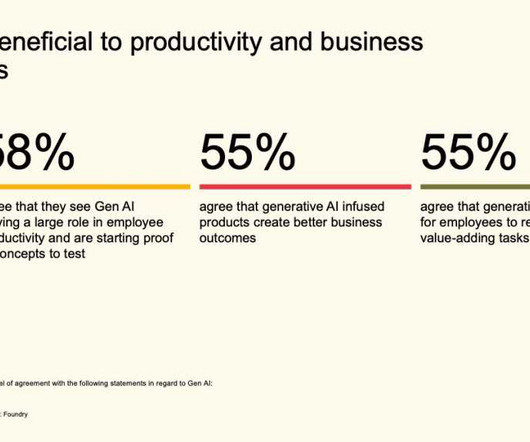7 Requirements for Digital Transformation
Cloudera
OCTOBER 8, 2020
By 2025 nearly all data generated will be in real-time. A disruptive mindset creates an environment that embraces constant experimentation and change. Stability during Uncertainty . But knowing what to do with that data, and how to do it, is another thing entirely. . Poor data quality costs upwards of $3.1 trillion a year.

















Let's personalize your content